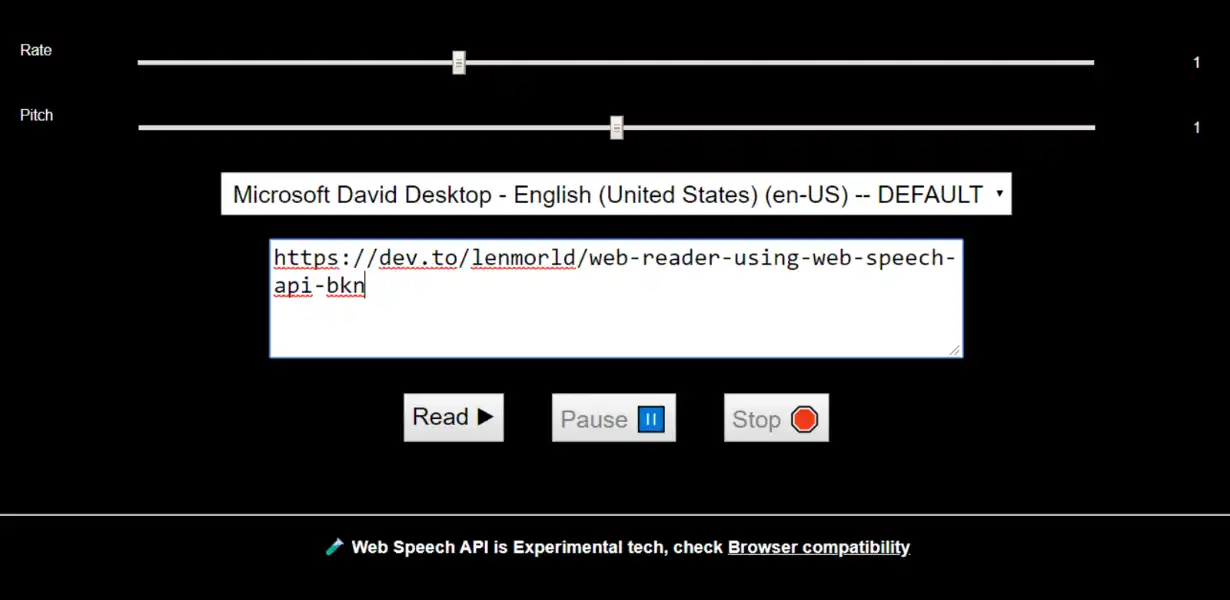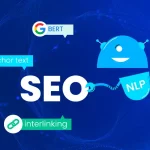
Enhancing Accessibility: Empowering Users with Web Speech API-Powered Assistive Technologies
- Post
- August 8, 2023
- Web APIs, Web Speech API, Web Technologies
- 0 Comments
In today’s rapidly evolving digital landscape, ensuring equal access to information and services for all individuals is not just an ethical obligation but also a legal requirement. The advent of web technologies has opened up new avenues for enhancing accessibility, particularly for those with disabilities. One such groundbreaking development is the utilization of the Web Speech API to power assistive technologies, making the online world more inclusive and user-friendly.
Web Speech API, developed by Google, offers a bridge between human speech and digital interactions. By enabling speech recognition and synthesis capabilities within web applications, it empowers users to interact with devices and software using their voices. This innovation has proven to be a game-changer for individuals with disabilities, including those with motor impairments or visual limitations. By harnessing the potential of the Web Speech API, developers can create assistive technologies that facilitate seamless navigation, communication, and interaction for all users.
The Power of Web Speech API
Speech Recognition for Enhanced Interaction
One of the key features of the Web Speech API is its speech recognition functionality. Through advanced algorithms, this technology can convert spoken words into text, allowing users to navigate websites, compose emails, and perform various tasks without relying solely on manual inputs. This is especially transformative for individuals with mobility challenges, as it reduces the need for precise physical interactions with devices.
Text-to-Speech for Information Accessibility
On the flip side, the Web Speech API also offers text-to-speech capabilities. This means that web content can be audibly presented to users, making digital information accessible to those with visual impairments. This feature significantly improves the user experience by providing an alternative means of consuming content beyond traditional visual interfaces.
The Assistive Technologies Revolution
Voice-Controlled Interfaces
The integration of the Web Speech API has led to the creation of innovative voice-controlled interfaces. These interfaces allow users to operate various functions on a website or application using natural language commands. For example, a user with limited hand mobility can now navigate through menus, click buttons, and even perform complex interactions by simply speaking out commands.
Screen Reader Enhancements
Screen readers have long been essential tools for individuals with visual impairments. With the integration of the Web Speech API, these screen readers can now provide an even more comprehensive experience. In addition to reading out the content, they can now interpret and describe images, graphs, and other visual elements, providing a more complete understanding of the web page’s context.
The Developer’s Role in Accessibility
As web accessibility gains more prominence, developers have a crucial role to play in ensuring inclusivity. By incorporating the Web Speech API into their projects, developers can contribute to a more accessible online environment. This involves designing interfaces that are voice-command responsive, optimizing content for text-to-speech conversion, and providing alternative text for non-text elements like images and videos.
Overcoming Challenges
Accuracy and Precision
While the Web Speech API has made tremendous strides in accuracy, challenges related to speech recognition still exist, especially for users with unique speech patterns or accents. Developers need to account for potential errors and provide mechanisms for users to correct misunderstood commands.
Privacy Concerns
Voice interactions involve processing and transmitting sensitive audio data. Developers must address privacy concerns by implementing robust encryption and secure data handling practices to ensure user confidence in using these technologies.
Final Words
In an era where digital interactions are central to our lives, it’s crucial to embrace technologies that empower every individual, regardless of their abilities. The integration of the Web Speech API in assistive technologies marks a significant step toward creating a more inclusive online ecosystem. By recognizing the potential of voice interactions and augmenting traditional accessibility tools, we can collectively contribute to a future where digital platforms truly cater to the diverse needs of all users.
Commonly Asked Questions
Q1: How does the Web Speech API work?
A1: The Web Speech API utilizes advanced algorithms to convert spoken language into text (speech recognition) and text into spoken language (text-to-speech), enabling voice-based interactions with web applications.
Q2: Can the Web Speech API be used on any browser?
A2: While the Web Speech API is supported by most modern browsers, compatibility may vary. It’s advisable for developers to check browser support and provide alternative accessibility features for unsupported browsers.
Q3: How does the Web Speech API enhance accessibility?
A3: The API enables individuals with disabilities to interact with digital content using their voices, offering a more intuitive and inclusive way to navigate websites and applications.
Q4: Is the Web Speech API only for assistive technologies?
A4: No, the Web Speech API has a broad range of applications beyond assistive technologies. It can be utilized for voice commands, transcription services, language learning apps, and more.
Q5: What’s the future potential of the Web Speech API?
A5: The Web Speech API’s potential is vast. As technology advances, we can expect even more accurate speech recognition, improved natural language processing, and expanded integration across various industries.




